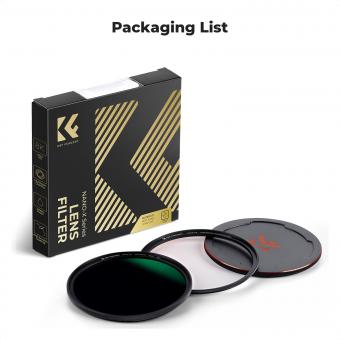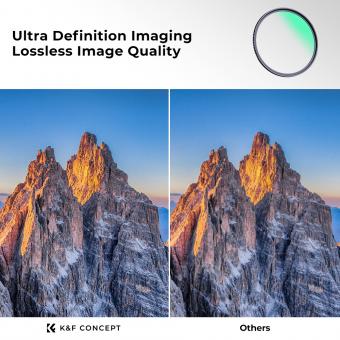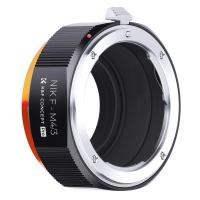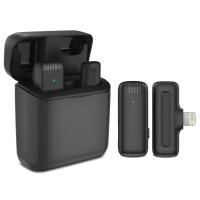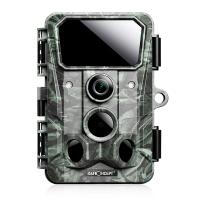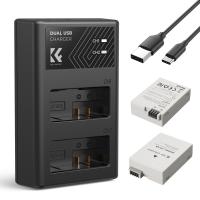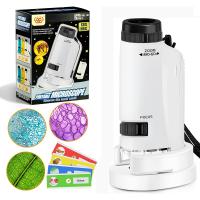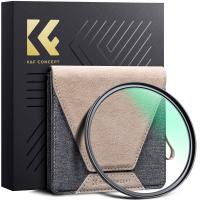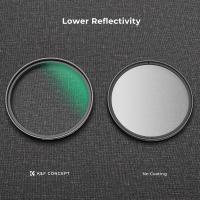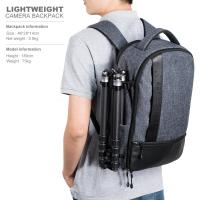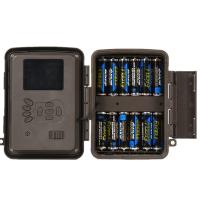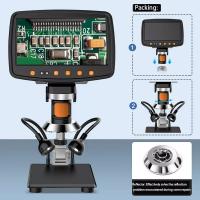What Does Uv Filter Do On Camera ?
A UV filter on a camera is a transparent filter that is primarily used to block ultraviolet (UV) light from entering the camera lens. It helps to reduce the bluish cast that can be caused by UV light and can improve the overall clarity and sharpness of images. Additionally, UV filters can provide some level of protection for the camera lens by acting as a barrier against dust, moisture, and scratches. They are particularly useful in outdoor photography, especially in situations where there is a high amount of UV light present, such as at high altitudes or near bodies of water.
1、 Reduces ultraviolet light for clearer and sharper images.
A UV filter is a transparent filter that is placed on the front of a camera lens to reduce the amount of ultraviolet (UV) light that enters the camera. The primary purpose of a UV filter is to improve the clarity and sharpness of images by reducing the effects of UV light.
UV light is invisible to the human eye, but it can cause a hazy or bluish cast in photographs, especially in outdoor settings. This can result in reduced contrast and image quality. By using a UV filter, photographers can minimize the impact of UV light and achieve clearer and sharper images.
In addition to reducing the effects of UV light, a UV filter also serves as a protective barrier for the camera lens. It acts as a shield against dust, dirt, moisture, and scratches, which can potentially damage the lens. This is particularly useful in outdoor photography where the lens is exposed to various elements.
However, it is important to note that the use of a UV filter may not always be necessary or beneficial. Modern digital cameras are equipped with advanced lens coatings that already minimize the impact of UV light. Additionally, using a UV filter can introduce additional glass surfaces, which may increase the risk of lens flare or reduce image quality if the filter is of low quality.
Ultimately, the decision to use a UV filter depends on the specific circumstances and preferences of the photographer. It is advisable to test the filter in different lighting conditions and evaluate the impact on image quality before making a final decision.

2、 Protects the camera lens from scratches, dust, and moisture.
A UV filter is a transparent filter that is placed on the front of a camera lens. Its primary function is to protect the lens from scratches, dust, and moisture. By acting as a physical barrier, the UV filter prevents these elements from directly coming into contact with the lens, thus reducing the risk of damage.
Scratches on a camera lens can significantly impact the quality of the images produced. Even a small scratch can cause light to scatter, resulting in reduced contrast and sharpness. By using a UV filter, photographers can safeguard their lens and ensure that it remains in optimal condition.
In addition to protection, UV filters were originally designed to block ultraviolet light. However, modern camera lenses are already equipped with coatings that effectively eliminate UV light, making the UV filter's primary purpose somewhat obsolete. Some argue that using a UV filter can actually degrade image quality by introducing additional glass elements that may cause lens flare or reduce sharpness.
However, there are still situations where a UV filter can be beneficial. For example, when shooting in harsh environments with blowing sand or saltwater spray, a UV filter can provide an extra layer of protection. It is also easier and cheaper to replace a scratched or damaged UV filter than to repair or replace a camera lens.
Ultimately, the decision to use a UV filter on a camera lens depends on personal preference and shooting conditions. While it may not be necessary in all situations, it can provide peace of mind and an added layer of protection for photographers.
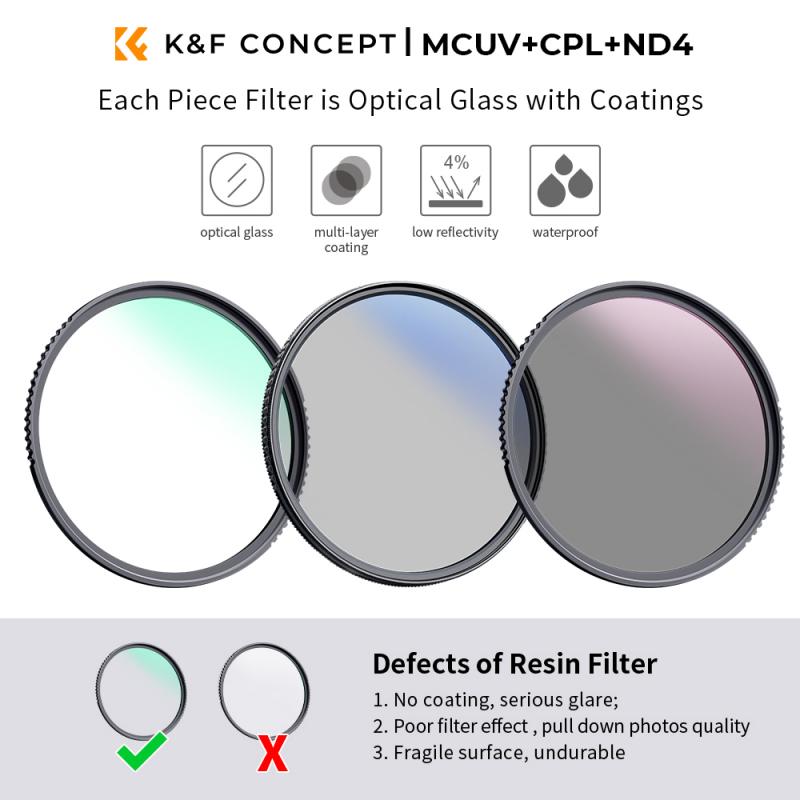
3、 Minimizes haze and atmospheric interference in outdoor photography.
A UV filter on a camera is a transparent filter that is placed in front of the camera lens. Its primary function is to minimize the effects of ultraviolet (UV) light on the image being captured.
One of the main purposes of a UV filter is to minimize haze and atmospheric interference in outdoor photography. UV light is known to cause a bluish cast in images, especially in landscapes and distant subjects. By using a UV filter, photographers can reduce this unwanted effect and achieve clearer and more vibrant images.
Additionally, UV filters also provide protection for the camera lens. They act as a barrier against dust, moisture, and scratches, which can potentially damage the lens. This protection is particularly useful in outdoor environments where the camera is exposed to various elements.
It is important to note that the effectiveness of UV filters in digital photography has been a topic of debate in recent years. With advancements in digital sensors, many argue that modern cameras are already equipped with UV filters and therefore, using an additional filter may not be necessary. However, some photographers still prefer to use UV filters as an added layer of protection for their lenses.
In conclusion, a UV filter on a camera minimizes haze and atmospheric interference in outdoor photography. It also provides protection for the camera lens. While the necessity of UV filters in digital photography is debatable, they can still be beneficial in certain situations, especially for photographers who prioritize lens protection.
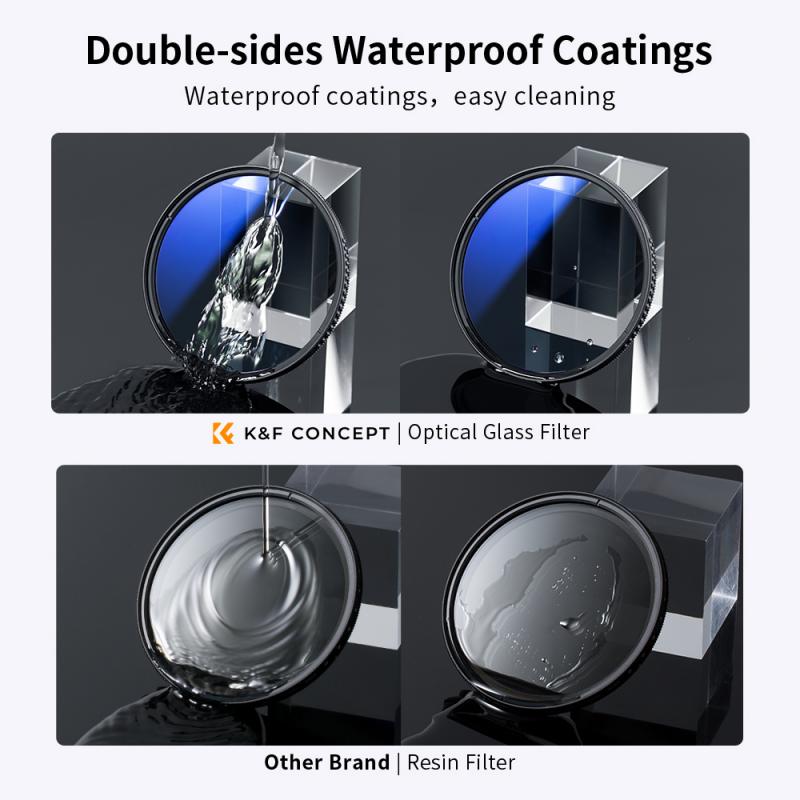
4、 Enhances color saturation and contrast in certain lighting conditions.
A UV filter on a camera serves multiple purposes, with the primary function being to block ultraviolet light from entering the camera lens. Ultraviolet light is invisible to the human eye, but it can cause a hazy or bluish cast in photographs, especially in outdoor settings. By using a UV filter, photographers can reduce this unwanted effect and achieve clearer and more accurate images.
In addition to blocking UV light, a UV filter also acts as a protective barrier for the camera lens. It helps to shield the lens from dust, moisture, fingerprints, and scratches, which can potentially damage the lens and affect image quality. This protective aspect is particularly beneficial for photographers working in challenging environments, such as sandy or dusty locations, or in situations where the camera may be exposed to water or other elements.
Furthermore, a UV filter can enhance color saturation and contrast in certain lighting conditions. It can help to reduce the impact of atmospheric haze, resulting in crisper and more vibrant images. This is especially noticeable when photographing landscapes or scenes with a lot of blue sky. The filter can also minimize the appearance of glare and reflections, allowing for better detail and clarity in the final image.
It is worth noting that the necessity of using a UV filter has been a topic of debate among photographers. Some argue that modern digital cameras already have built-in UV filters, making an additional filter unnecessary. However, others still find value in using a UV filter for its protective properties and the subtle improvements it can bring to image quality.
Ultimately, the decision to use a UV filter on a camera lens depends on personal preference and shooting conditions.




